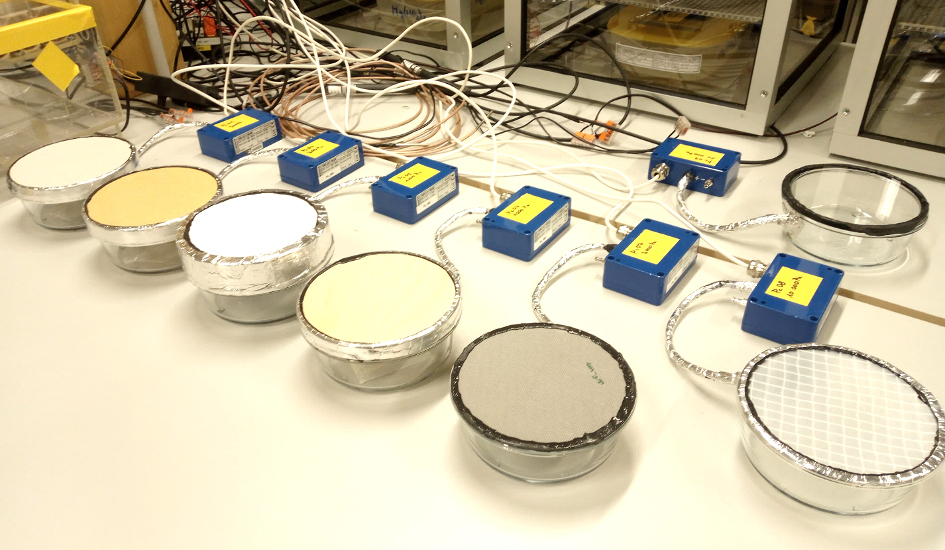
 Surprisingly, even in these days results of standard tests of the thermal and moisture behaviour of building materials measured in different laboratories can vary considerably. This applies especially to the measurement of water vapour permeability, but also sorption properties or thermal conductivity. The Building Physics research team at CTU UCEEB identifies causes of errors in these experiments, leading to higher measurement accuracy and thus more efficient use of materials in building practice.
Surprisingly, even in these days results of standard tests of the thermal and moisture behaviour of building materials measured in different laboratories can vary considerably. This applies especially to the measurement of water vapour permeability, but also sorption properties or thermal conductivity. The Building Physics research team at CTU UCEEB identifies causes of errors in these experiments, leading to higher measurement accuracy and thus more efficient use of materials in building practice.